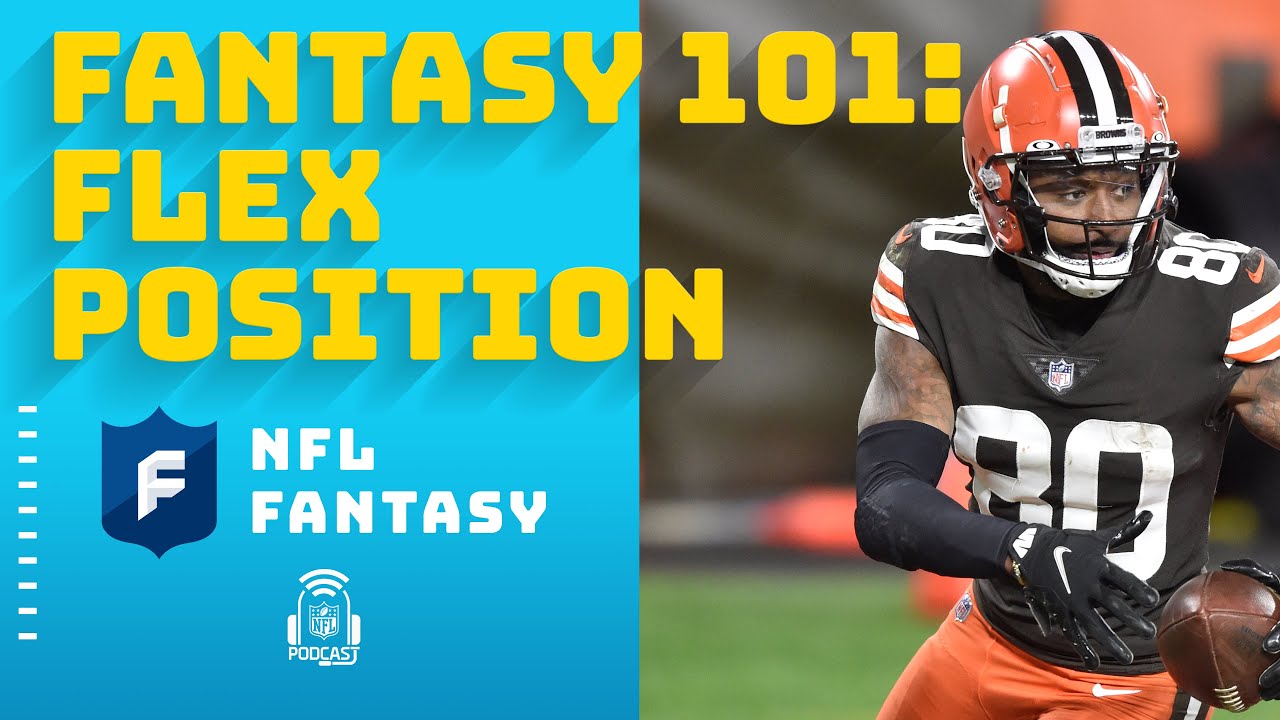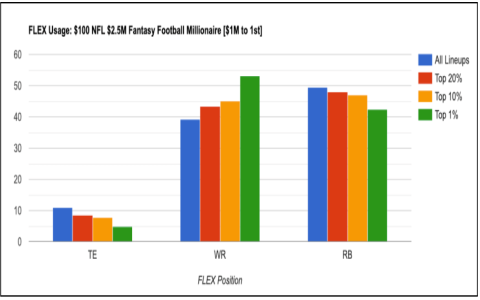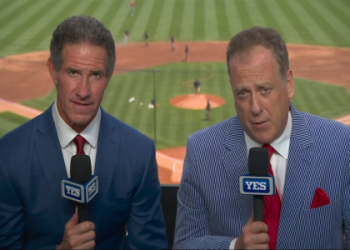Hey everyone, I wanted to share my recent deep dive into the world of “flex” in fantasy football. I’ve been playing fantasy football for a few years now, but I realized I wasn’t fully utilizing the flex position to its maximum potential. So, I decided to change that.

First, I started with the basics, I needed to get a clear understanding of what a flex position actually is. I found out that it’s basically a spot on your roster where you can start a player from multiple positions, usually a running back, wide receiver, or tight end. It’s like a wild card spot that adds a whole new layer of strategy to the game.
Then I did some digging into how to use this flex spot. Some said that it allows you to choose the hours you want to work, but it is about fantasy football, not really about work. I began to realize that the flex position is all about flexibility and maximizing your potential points each week. You’re not locked into starting a certain number of players from each position. Instead, you can choose the best available player, regardless of their position, as long as they fit the flex criteria.
With this newfound knowledge, I started to experiment. In my fantasy football drafts, I started to place more emphasis on securing strong players who could fill that flex spot. I looked for players who might not be top-tier starters at their position but who consistently put up solid numbers. I paid close attention to bye weeks and matchups, using the flex spot to plug in players who had favorable opponents.
- I read some articles and forum posts about how different leagues handle the flex position.
- Some leagues allow quarterbacks in the flex, while others stick to running backs, wide receivers, and tight ends.
- I made sure to familiarize myself with my league’s specific rules so I could take full advantage.
Then, I started paying more attention to player roles and scoring formats. I learned that in point-per-reception (PPR) leagues, wide receivers who catch a lot of passes can be super valuable in the flex spot. I also started looking at players on teams with high-powered offenses, as they tend to have more opportunities to score points. I started to see my team’s performance improve. By strategically using the flex position, I was able to squeeze out a few extra points each week, which often made the difference between winning and losing.
Here are some interesting things I found
- The flex is like a strategic reserve, allowing me to capitalize on matchups and player performance trends.
- I started to think of it as an opportunity to start an extra player who could potentially put up big points, rather than just a backup slot.
- I even found out that I could swap the flex spot with another player from my bench.
To sum it up, figuring out the flex position has really taken my fantasy football game to a new level. I realized that it’s not just about drafting the best players, but also about understanding how to use them effectively within the roster structure. My friends are asking me for advice now. By being flexible, adaptable, and doing my homework, I’ve been able to make smarter decisions and stay one step ahead of my competition. It’s been a fun and rewarding process, and I’m excited to continue refining my approach in the seasons to come.
This whole experience has taught me that sometimes, taking a step back to learn something new, even if it’s something you think you already know, can make a huge difference. It is never too late to learn, I think. I hope this sharing has been helpful to some of you out there. Happy drafting, and may your flex position always be filled with high-scoring players!














